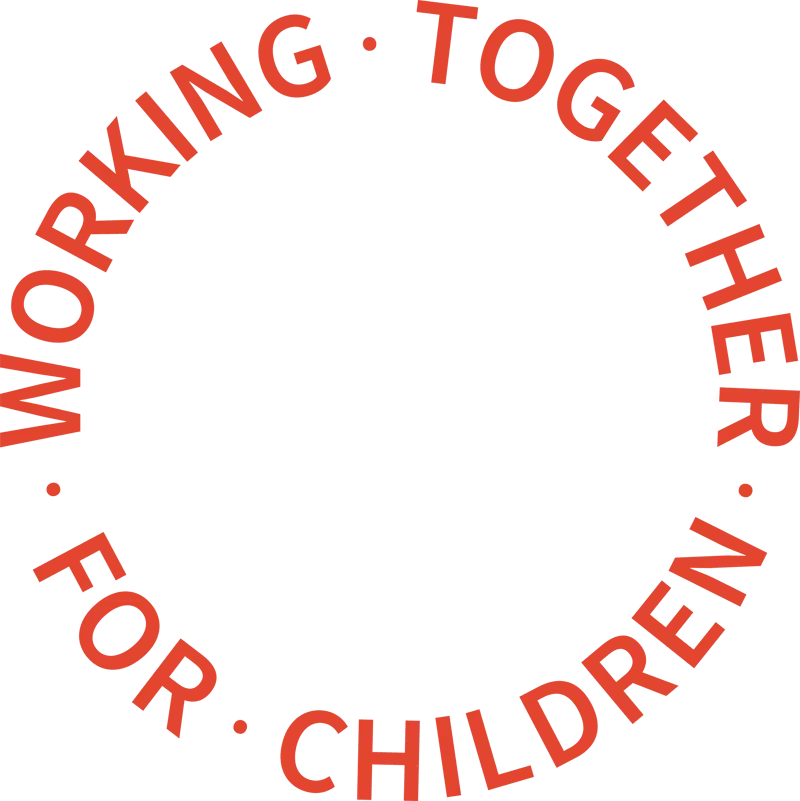There were 10 times more concerns about incidents of sexual abuse in special residential schools than mainstream schools, an investigation by the Independent Inquiry into Child Sexual Abuse has found.
The Inquiry’s investigation looked at how mainstream residential schools, which include independent, private schools and state boarding schools, and schools that provide for students with special educational needs and disabilities, have responded to allegations of child sexual abuse.
“Residential special schools recorded nearly ten times the number of concerns per student than other residential schools,” said the report. “This could suggest that special schools are identifying and reporting a higher proportion of incidents taking place, or that more concerns of a sexual nature occur in these settings due to the level and type of needs that some children with SEND have (for example, concerns like children getting undressed in inappropriate places).”
There were specific challenges that residential schools face in relation to safeguarding children, some of whom have very high levels of need due to their SEND. This includes the need to balance independence and privacy with keeping children safe in a place which acts as their home as well as their school.
The distance some parents lived from school and the diverse range of cultures which children were from also acted as barriers to successfully engaging parents in training and education on safeguarding children from sexual abuse.
Staff in residential schools spent a significant amount of time with children in their care, and it was acknowledged that they might therefore play a greater role in identifying and responding to incidents of sexual abuse than staff in non-residential settings.
The report stated that while all participants could identify ‘clear cut’ types of child sexual abuse such as sexual violence and rape, they were less confident about identifying and dealing with peer-on-peer concerns and other ‘grey areas’. This included issues between children where students were in romantic relationships and youth-produced sexual imagery such as sharing pictures of girls in bikinis.
Children often initiated disclosures suggesting that some children felt able and comfortable to talk about their concerns, although overall, staff reported the highest number of concerns. Staff in special schools where children had high levels of need were more actively involved in identifying signs of abuse than staff in mainstream settings. This could include physical monitoring, such as using body maps to record any bruises or unexplained injuries or enabling non-verbal communication through a range of approaches.
Reporting practice varied between residential schools in the study, despite working from the same statutory guidance. For example, two schools did not record any concerns in their safeguarding records over one academic year, despite all schools visited talking about dealing with issues in this area. This could be because some schools logged concerns elsewhere – in behaviour logs, for example.
Staff were clear that concerns needed to be logged and reported to the designated safeguarding lead, reflecting the emphasis placed on awareness of safeguarding procedures. It was clear that designated safeguarding leads used their professional judgement to ensure a proportionate response to incidents, especially those described as ‘grey areas’.
Schools reported variation across different local authorities in their thresholds for accepting referrals. This was particularly problematic in some special schools where it was felt that the specific needs of children and/or parents with SEND – including, for example, cognitive impairment and intellectual disabilities – were sometimes not fully understood by local authorities. In contrast, local authority participants reported working hard to ensure that threshold information was well disseminated and understood, referring to the published guidelines and awareness-raising that schools said they wanted. The timeliness of referrals and follow-up investigations by local authorities was also an issue of concern for some schools. This included the speed of local authority response to referrals, which was sometimes beyond the required one-day window; reduced weekend cover within local authorities; and the length of investigations, which sometimes had negative impacts on those involved.
The importance of tailored and comprehensive training was viewed as vital. Training should address the potential for lines of professional boundaries to become blurred, which could arise due to the ‘in loco parentis’ role played by staff in residential settings.
Good safeguarding practice required schools to develop and support a safeguarding culture. This involved ensuring that structural approaches to preventing child sexual abuse were in place (such as safer recruitment) and situational risks were managed (such as shared dormitories and bedrooms). Of key importance was building open and trusting relationships across both the staff and student bodies, with interactions that were respectful and a zero-tolerance approach to the use of sexualised, sexist or discriminatory language. Promoting open and trusting relationships was seen to support early and active identification of issues.
The report concluded that it is clear that in some cases there is tension between the practices reported by schools, and the experiences of young people and parents. This suggests the value of further research to explore safeguarding practices in residential schools that draws on observed as well as reported data. This would allow for the way in which a culture manifests and is operationalised to be examined and for the ‘contextual’ aspect of safeguarding to be explored.
Similarly, there would be value in comprehensively exploring data drawn from school safeguarding records, behaviour logs and social care records to build a clearer understanding of the way in which safeguarding concerns in residential schools are processed and responded to on a case-by-case basis. In particular, this would enable further exploration of whether and how peer-on-peer incidents are recorded.
“Finally, it is clear that residential schools are eager to understand, share and implement good safeguarding practice in their settings. This suggests that building the evidence base on effective interventions, particularly those specifically targeting the residential context, should be a key component of any future research programme,” the report concluded.
Inquiry principal researcher Holly Rodger said: “By speaking directly to people on the frontline of safeguarding in residential schools, we were able to build a clear picture of the complex challenges they face.
“The safeguarding concerns of a sexual nature recorded most frequently by schools were online and peer on peer incidents. These were the same areas that school staff, parents and children saw as 'grey areas' that could be hard to classify.
“This report will help shape recommendations to improve safeguarding and better protect children from sexual abuse in residential schools.”
file:///C:/Users/cjerrom/Downloads/IICSA%20-%20safeguarding-residential-schools-april-2020.pdfSafeguarding children from sexual abuse in residential schools

